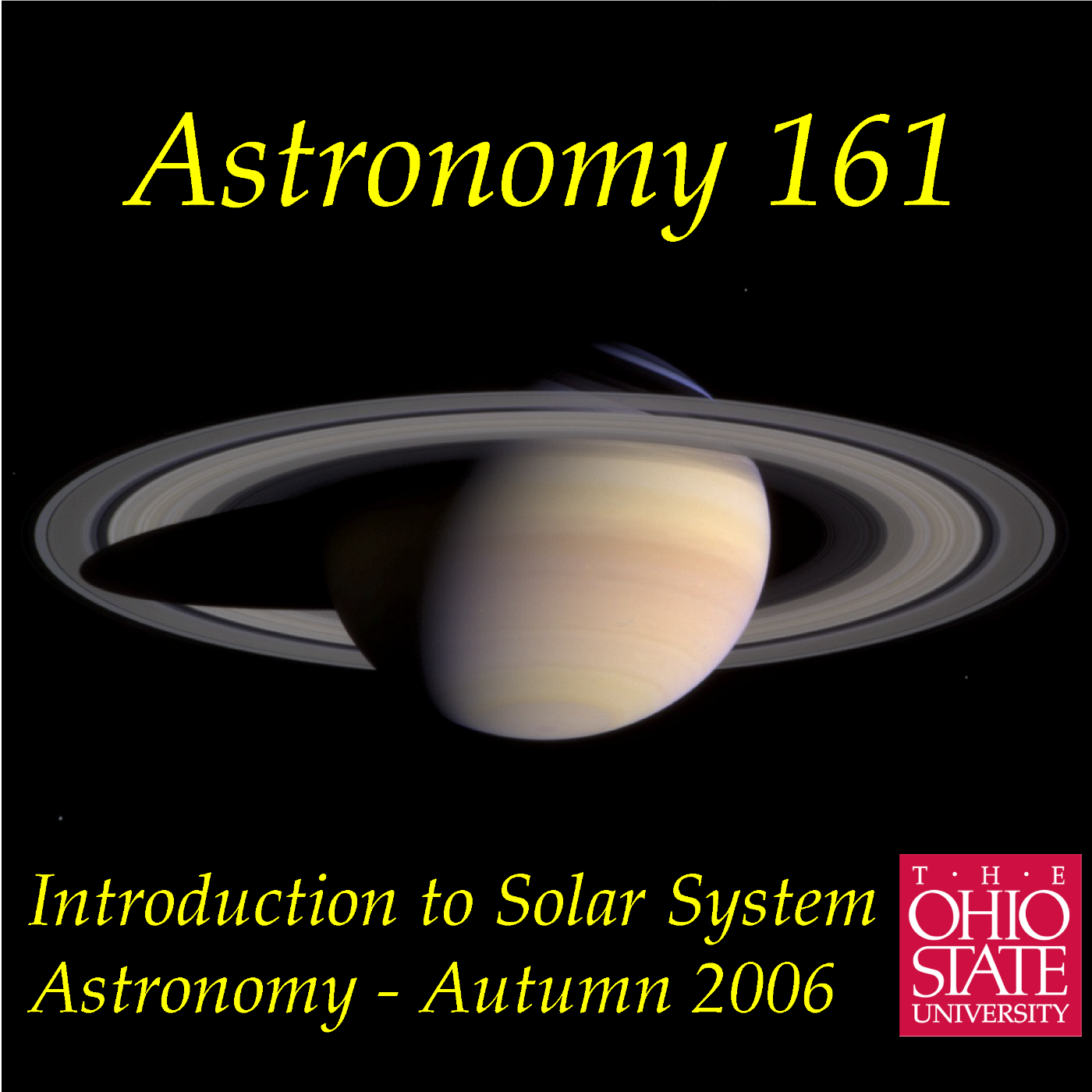Lecture 12: The Wanderers - Planetary Motions

How do the planets move across the sky? This lecture will review\nplanetary motions, specifically the apparent motions of the five\nclassical planets (Mercury, Venus, Mars, Jupiter, and Saturn) as seen\nfrom the Earth. We will discuss the classical division of the \nnaked-eye planets into inferior (Mercury and Venus) and superior \n(Mars, Jupiter, and Saturn) planets, and describe their main configurations \nin the sky: conjunction, opposition, maximum elongation, and quadrature. \nWe will then discuss retrograde motion, the apparent westward reversal of \nmotion seen at opposition in the superior planets and inferior conjunction in\ninferior planets. The quest to describe the very complex motions of the\nplanets marks the birth of science, and will be the central theme of next\nweek's lectures. Recorded 2006 Oct 5 in 100 Stillman Hall on the\nColumbus campus of The Ohio State University.